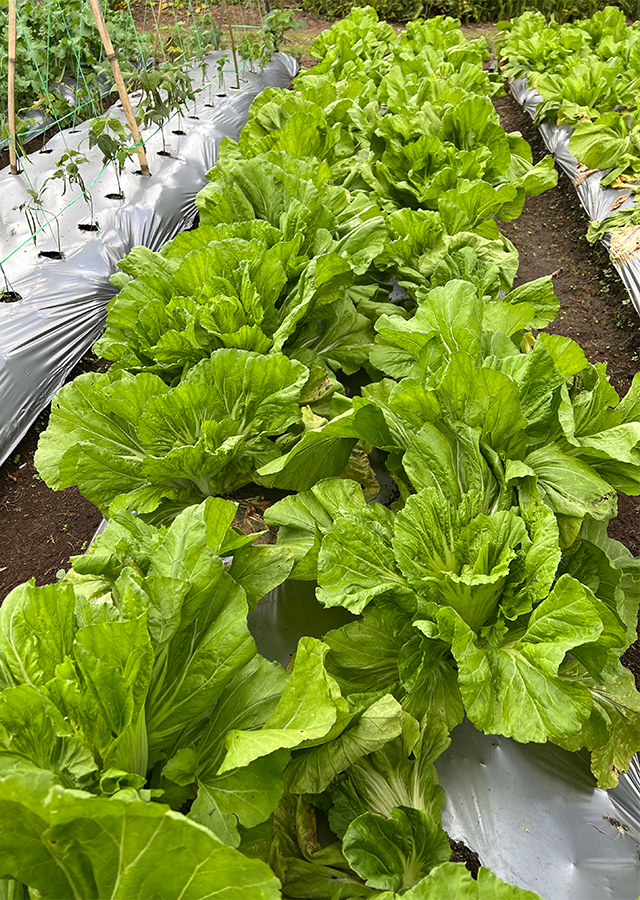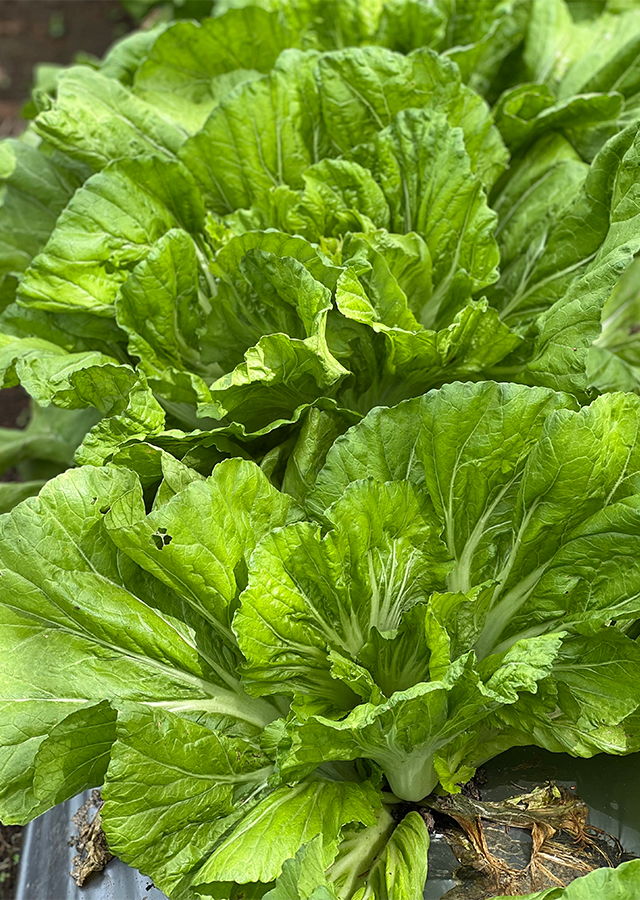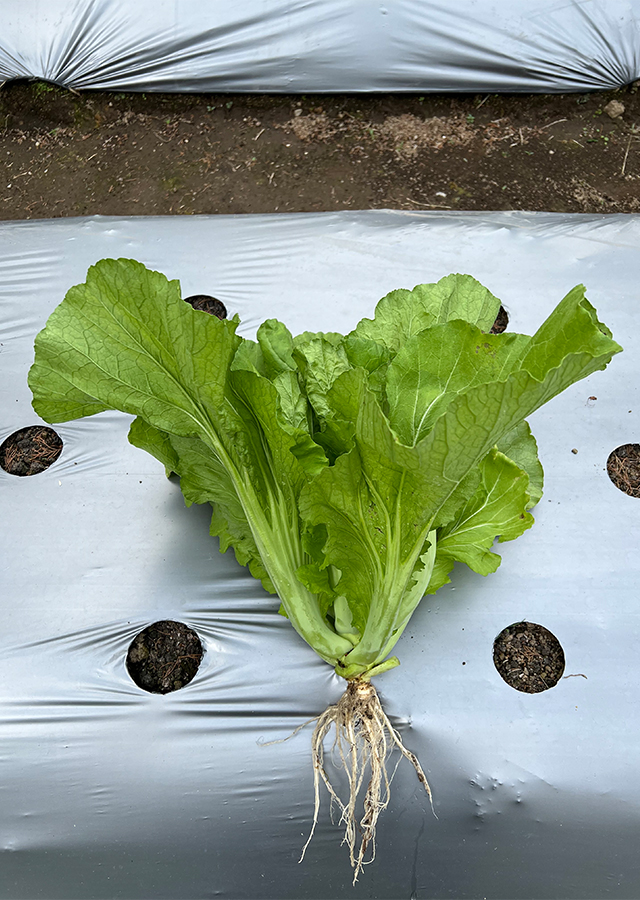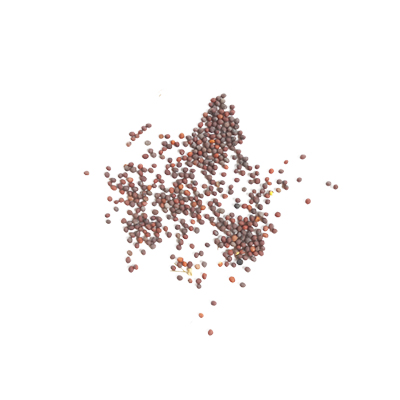Brown Mustard
Brassica juncea (L.) Czern
Brassicaceae
Location in our garden
Vegetable



Synonym
Brassica juncea subsp. tsatsai (Z.M.Mao) Gladis
Brassica integrifolia (H.West) Rupr.
Brassica juncea var. japonica (Thunb.) L.H.Bailey
Habitus
Herbaceous. An erect, often unbranched annual to biennial plant growing up to 160 cm tall when in flower
Part Used
Leaves
Seeds
Roots
Stem
The Whole Plant
Growing Requirements
Full Sunshine
Need Shade
Habitat
Terrestrial
Overview
Brassica juncea is an annual herb that is native to southern and eastern Asia. It has been cultivated for food in Europe and Asia for hundreds of years. Brown mustard is widely cultivated for its edible seed which is a source of oil; is used to make the condiment 'brown mustard'; and is also sprouted as the mustard of mustard and cress. In addition to its edible uses, the plant also has a range of medicinal uses, is grown as a green manure and can be used to remove heavy metals from the soil.
Vernacular Names
Mostaza (Spanish), Jie-cai (Chinese), Ager-stedmorsblomst (Denmark), Choux faux jonc (French), Saiso (India), Karashi (Japanese), Kai choy (Malay).
Agroecology
This is a cultivated and naturalized species around the world. In the wild it is mainly found in fields, wasteland and roadsides as a weed. It is reported to tolerate annual precipitation of 500 to 4,200 mm, annual temperature of 6 to 27 °C, and pH of 4.3 to 8.3.
Morphology
- Roots - fleshy, taproots.
- Stems - erect, branched above.
- Leaves - The Head-leaf Mustard forms heads of large, obovate leaves.
- Flowers - inflorescence a corymbiform raceme with numerous flowers up to 60cm long; flowers perfect, sepals green; petals bright yellow. stigma globose.
- Fruits - linear, (2-)3-5(-6) cm × 3-4(-5) mm, terete or slightly 4-angled, sessile, divaricate or ascending; valvular segment (1.5-)2-4.5 cm, 6-15(-20)-seeded per locule; valves with a prominent midvein, slightly torulose.
- Seeds - dark to light brown or grey, globose, 1-1.7 mm in diameter, minutely reticulate.
Cultivation
Propagated by seeds - sow in situ. Germination takes place within 5 days at 20 - 25 °C.
Chemical Constituents
Essential oils, ß-sitosterol and essential fatty acids (linoleic acid and a-linoleic acid), trilinolenin, lutein, ß-carotene, alkaloid, flavonoids, tannins, saponins, terpenoids, phenolics compound, benzenepropanoic acid, 3,5-bis (11.1-dimethyl ethyl)- 4-hhydroxy-, methyl ester, n-eicosane, n-pentacosane, and n-tetratetracontane.
Traditional Medicinal Uses
- The seed is used in the treatment of tumours in China.
- The Chinese eat the leaves in soups for bladder, inflammation or haemorrhage.
- In Korea, the seeds are used in the treatment of abscesses, colds, lumbago, rheumatism, and stomach disorders.
- The root is used as a galactagogue in Africa.
- Mustard oil is used in the treatment of skin eruptions and ulcers.
- Believed to be aperient and tonic, the volatile oil is used as a counterirritant and stimulant.
- In Java the plant is used as an antisyphilitic emmenagogue.
- Leaves applied to the forehead are said to relieve headache.
Part Used
Reference Sources
- Fern, Ken. Useful Tropical Plants. (2021). Brassica juncea. https://tropical.theferns.info/viewtropical.php?id=Brassica+juncea. 29-12-21.
- Cabi. Brassica juncea. https://www.cabi.org/isc/datasheet/91760. 29-12-21.
- Flora & Fauna Web. Brassica juncea. https://www.nparks.gov.sg/florafaunaweb/flora/5/9/5940. 29-12-21.



